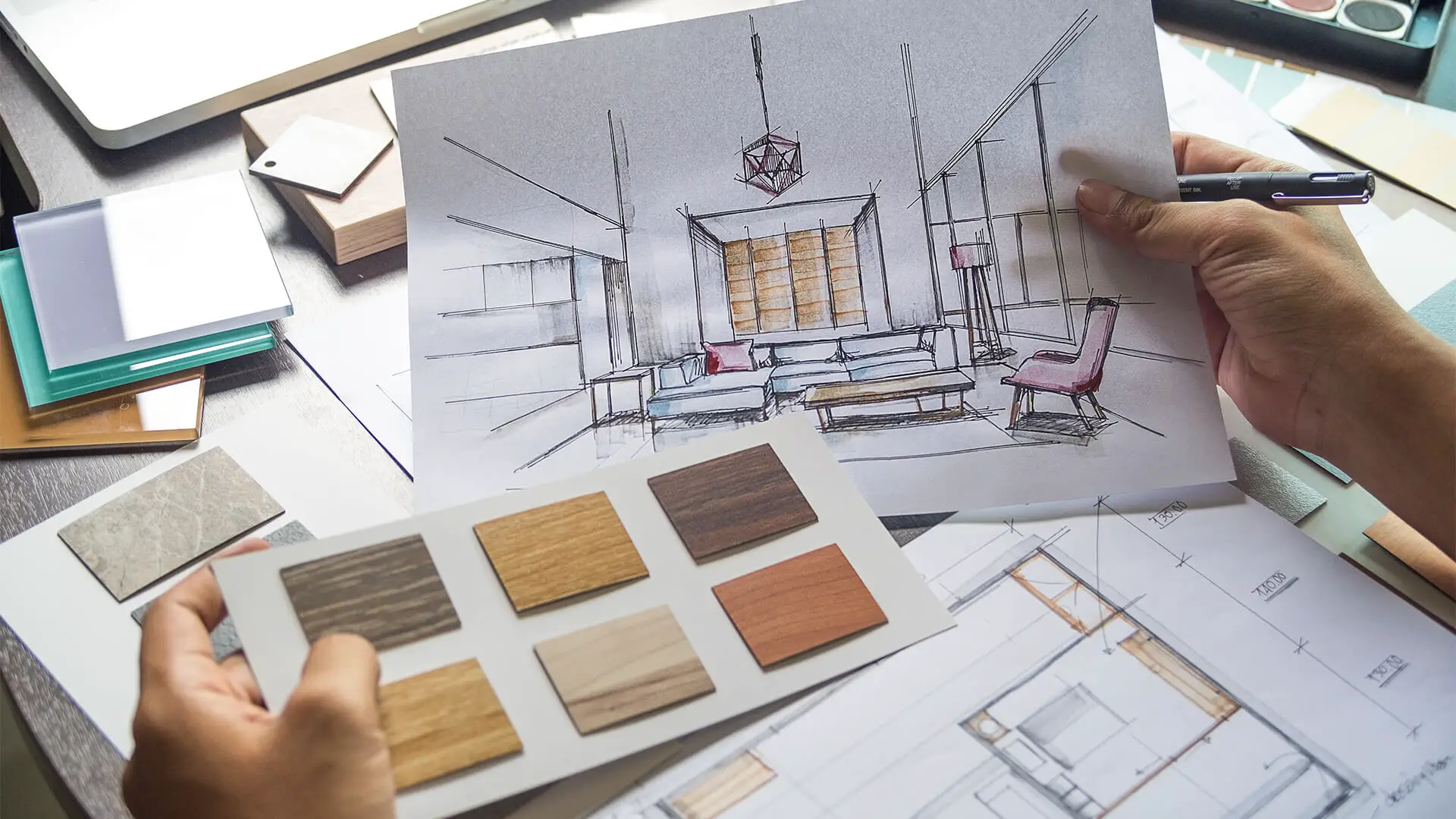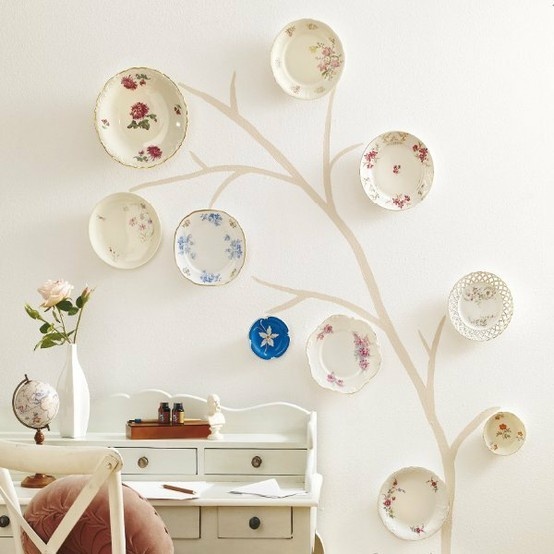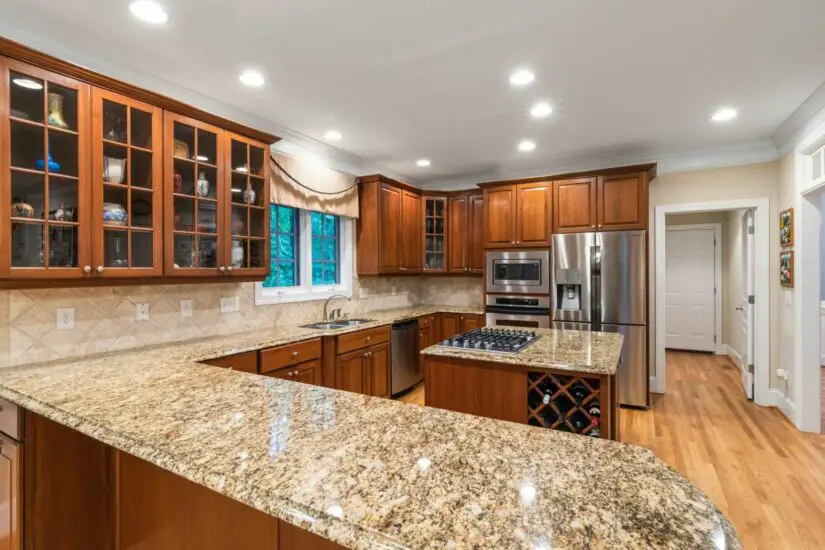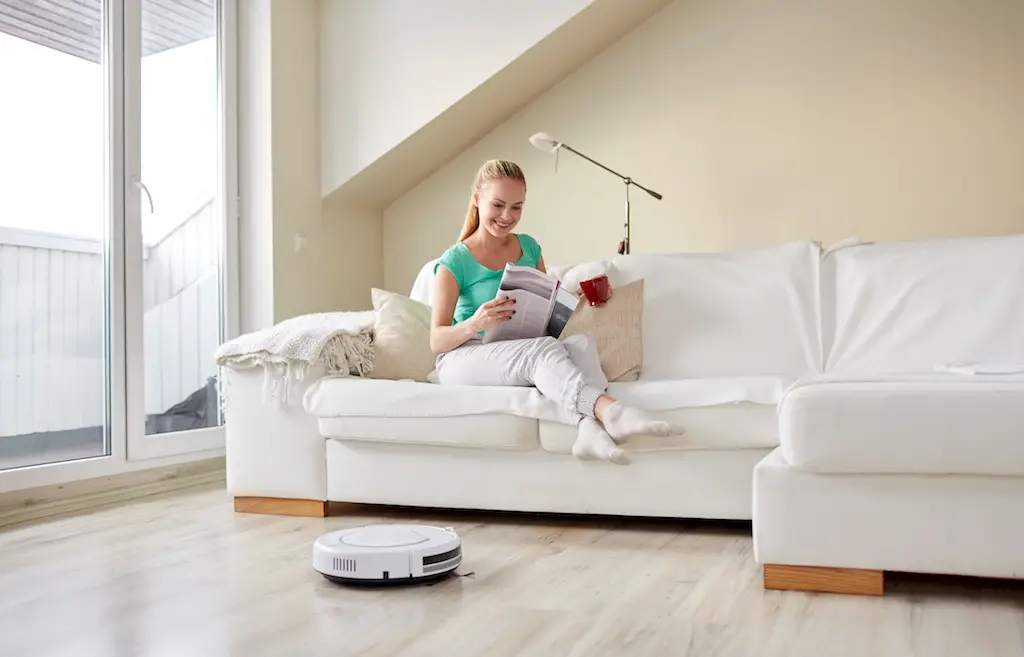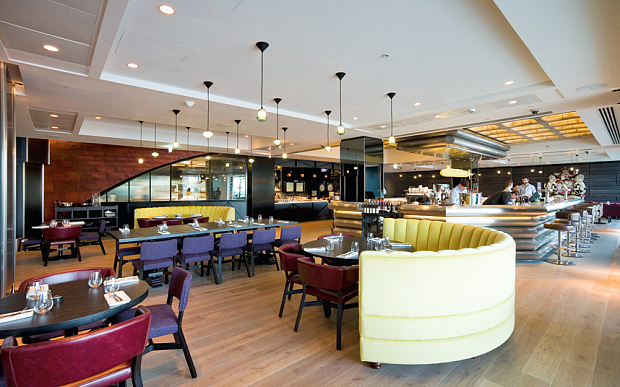Finding an interior designer isn’t very difficult. There are thousands of designers in the country, many of them with excellent qualifications. Unfortunately, though, you need to do your homework to identify the right designer for your project.
Let’s find out the benefits of hiring the right interior designer and how to find the perfect designer for your project.
Benefits of Hiring an Interior Designer
Very often, we’re tempted to do things on our own. Therefore, it wouldn’t be a surprise if you’ve already thought to yourself that perhaps you could do interior décor on your own. While you can try it, we strongly advise that you hire a professional designer. Here’s why;
Designers are experts
Proper interior designers are highly trained professionals. This is entirely different from someone with an eye for paint and a knack for picking furniture. A proper interior designer has years of education and certificates to prove their knowledge. As a result, they understand interior design a lot better.
Save time and money
One of the biggest downsides of DIY interior design is lost time and money. First off, interior design is a delicate process that can take weeks to plan and days to execute. Are you willing to sacrifice so much? Moreover, lost time often means losing money because you can’t work or focus on your business.
Connection benefits
Like other professionals, interior designers have extensive networks of resourceful individuals. For instance, an experienced designer will have an extensive contact list of drapery companies and accessory suppliers. These connections allow them to get the job done faster – and at significant discounts.
Up-to-date
Finally, professional interior designers also keep up-to-date with the latest trends and regulatory requirements in the industry. They know the most modern fittings and styles to help you stand apart. They also know what the law says about different materials and processes. This makes them highly resourceful.
Interior designers know the latest fittings and styles to help you excelTips to Finding an Interior Designer for Your Home
Although we have different preferences, the best interior designers share a few characteristics. Consider the following tips to find the perfect match.
Define what you want
So, you want to decorate your home. But, what specifically do you want to change? When do you want to do it? And, what’s your budget? Also, are you looking for a particular style, or are you open to surprises? These are just some of the questions you must answer before you begin your search for an interior designer. It becomes much easier to discuss and collaborate with the designer when you know exactly what you want.
Know where to look
Most interior designers are freelancers and individual contractors, though dozens of companies offer similar services. Which one do you want to work with? Once you’ve decided, you can begin the search. Nearly all designers, whether freelancers, contractors, or companies, have online profiles. The best places to check are Instagram, Snapchat, and YouTube. You can also conduct a quick Google search to find local designers or ask family and friends for references.
Conduct a background check
After the preliminary search, create a shortlist and begin a detailed “examination” to find the best among the lot. A few things to prioritize here include finding out the designer’s (or their technicians’) educational background and qualifications. For example, which colleges did they attend and when? Also, find out which projects they’ve worked on before, the people they’ve worked with, and the people they’ve worked under (if any).
Portfolio check
A portfolio check typically forms part of the background check. However, it’s so important that you want to spend a little more time on it. Begin by checking the work closely to determine their specialties. Do they specialize in the style in which you’re interested? If possible, visit some of the homes they’ve decorated to get a first-have experience. Do you like it? You may also want to speak with past customers to determine whether the designer is relatable and easy to work with.
Discuss the budget
If you’re impressed so far, the next step is to discuss the budget. There are two parts to budget discussions. Begin by discussing the costs of materials and supplies, making sure to refer to your initial estimates. You want to make sure you’re within budget. Next, discuss labor charges. This varies from one designer to the next. You want to verify two things. First, make sure it’s within your initial estimates. Secondly, ensure it’s within the market range. You don’t want to pay over market value.
If possible, visit some of the homes they’ve decorated to get a first-have experience.Sign the Contract
If everything goes well to the fifth step, proceed to sign an agreement. Most designers will ask for a retainer to show that you’re serious. Paying a retainer also gets the designer to commit to your plan and create room for the project right away.
